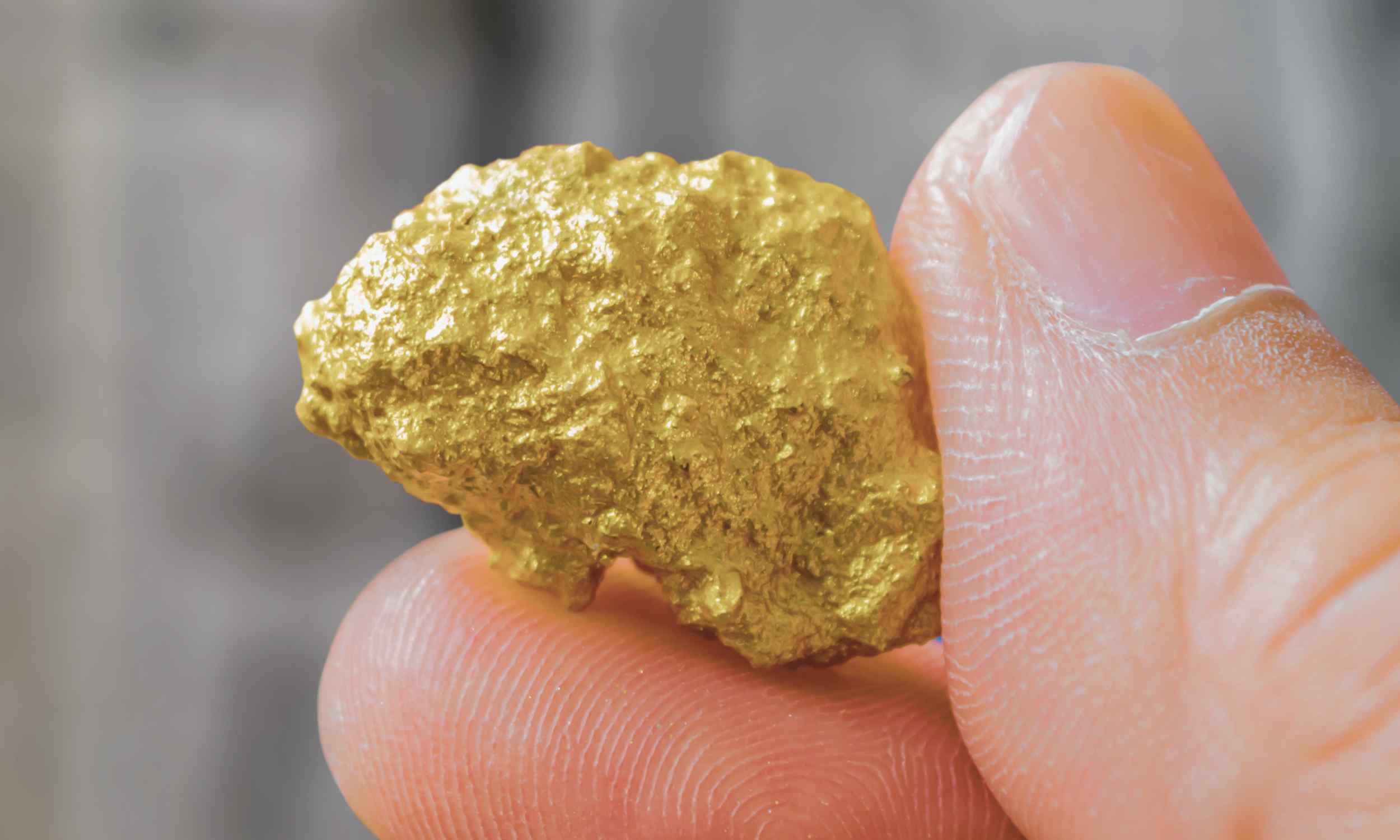
Gold is actually more prevalent in the Earth’s overall composition compared to lead. However, its surface presence has remained a mystery for some time, as gold atoms tend to stay hidden deep underground.
On December 29, 2024, a group of global researchers revealed findings that may help unravel this enduring enigma.
They proposed a model that demonstrates how molten rock, known as magma, can transport gold from the Earth’s mantle to higher elevations.
The team featured Adam Simon, a researcher at the University of Michigan, who worked alongside experts from China, Switzerland, Australia, and France.
Significance of Deeper Stores
The Earth’s mantle resides many miles beneath our feet, an area characterized by extreme pressure and heat. While gold atoms predominantly remain sealed away in this layer, humans have extracted gold from the surface for ages.
Researchers have long been intrigued by what forces can drive gold atoms upward. Various processes, such as partial melting and volatile fluids, have been examined, but the precise mechanism responsible for gold’s ascent has remained elusive until now.
Textbooks in geology often highlight that gold typically does not easily bond with other elements. This holds true under standard conditions, yet unique occurrences take place in certain high-temperature regions beneath active volcanoes.
The Sulfur Revelation
A crucial discovery involves sulfur existing in a unique chemical state. A newly identified gold-trisulfur complex appears to be effective at capturing and transporting gold.
This complex forms when sulfur-rich fluids interact with mantle rock under the intense pressures found approximately 30 to 50 miles deep. It allows gold to remain dissolved rather than adhering to the solid mantle.
Once established, the gold becomes more mobile within the molten regions of the Earth. The molten fluid can subsequently elevate it closer to the surface, where it can eventually be found.
The Connection to Subduction Zones
A subduction zone occurs when one tectonic plate sinks beneath another. In these areas, water and sulfur are released from the descending plate, fueling chemical reactions below the surface.
Molten rocks beneath volcanoes within subduction zones are enriched with these dissolved substances. The new model indicates that this setting is ideal for the development of the gold-trisulfur complex.
“All those active volcanoes arise in a subduction zone environment,” noted Adam Simon. Researchers have associated these geological settings with some of the largest gold deposits on Earth.
Breakthroughs from the Laboratory
In controlled lab settings, scientists replicated conditions found beneath active volcanoes. They synthetically produced magma to observe how gold interacts with sulfur.
Insights from these tests contributed to a thermodynamic model designed to predict gold’s behavior at various temperatures and pressures.
The model suggests a stable gold-trisulfur complex that travels more efficiently than other forms of gold.
These results support the idea that sulfur alters the chemical state of gold sufficiently to draw it up from deeper regions. As magma ascends, gold-rich fluids emerge, leaving the valuable metal behind in veins.
Expanding Perspectives on Gold Exploration
Findings from this study may enhance mineral exploration, especially in subduction zones encircling the Pacific. The focus could shift toward areas where sulfur-rich fluids circulate, indicating a better likelihood of discovering gold.
Experts also point out that these sulfur-driven reactions involve other metals, which could have broader implications for mining activities.
Understanding where and how these fluids migrate provides fresh insights into which volcanic arcs may harbor more treasures.
An increased comprehension of gold’s journey might also illuminate the Earth’s internal processes.
Researchers continue to fine-tune their models, examining how each factor (heat, fluid, pressure, and chemistry) converges to shape ore deposits.
The Future of Gold Research
Geologists aim to apply these insights in targeted field studies in regions with active volcanoes. Each volcanic area presents subtle variations in composition and fluid pathways, creating opportunities to test laboratory predictions.
Many of these volcanoes are located around the famous Pacific “Ring of Fire,” but similar processes can occur in other converging plate settings. Upcoming fieldwork may investigate lesser-known arcs that share these geological traits.
Understanding how gold rises through molten rock not only addresses a long-standing question but also enriches our methods of resource discovery.
By combining laboratory findings with field data, scientists aspire to solve the mystery of gold’s remarkable journey over geological time.
—–
Enjoyed this article? Subscribe to our newsletter for engaging pieces, exclusive content, and the latest news.
Explore more with us on EarthSnap, a free app brought to you by Eric Ralls and Earth.com.
—–









